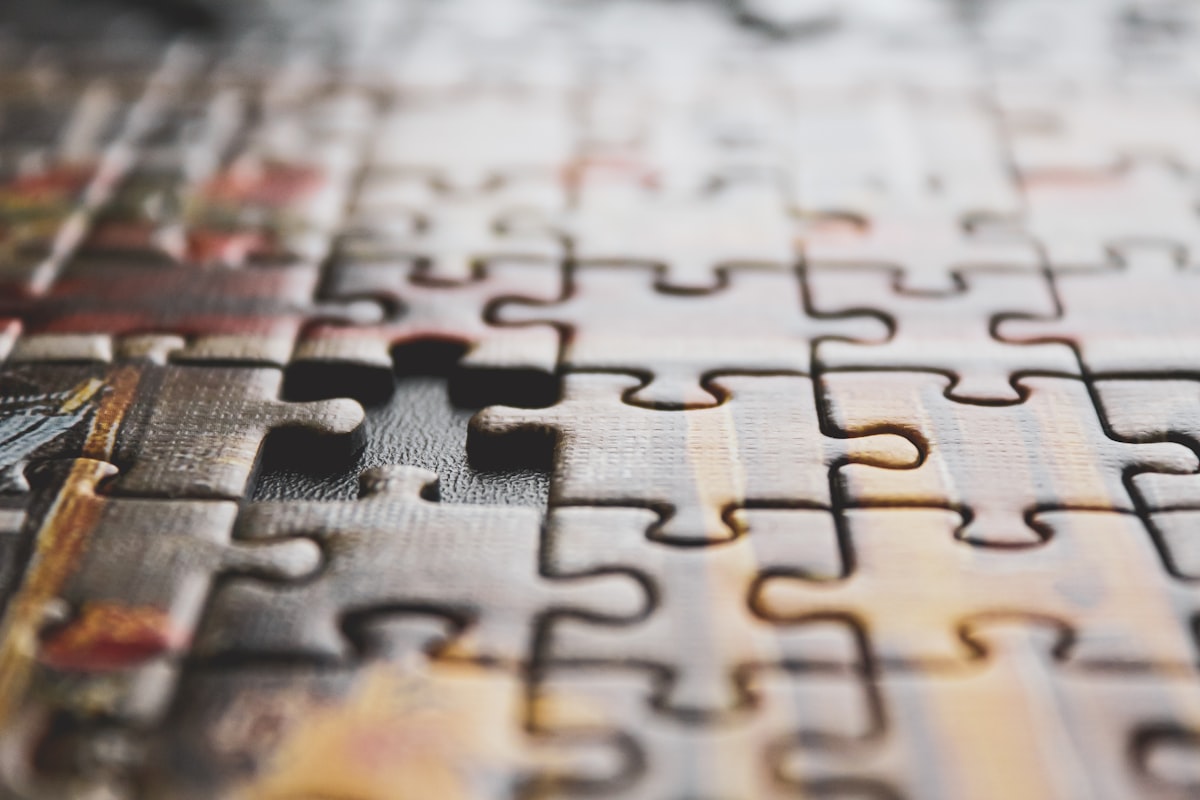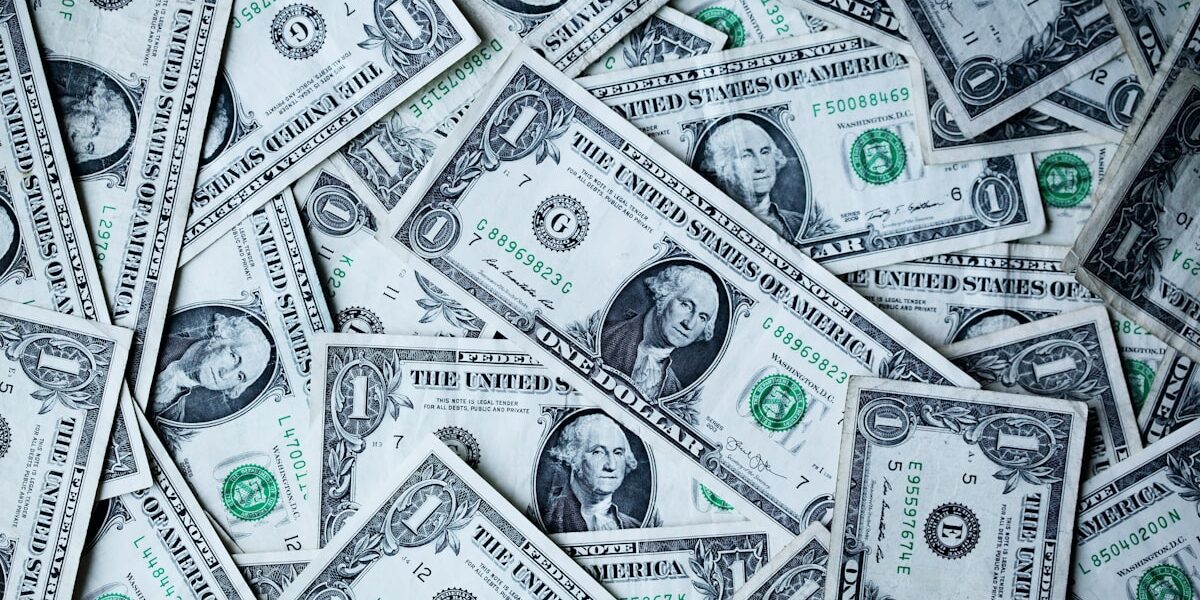The 1971 Penny: An Overview

Minted in the United States, the 1971 Lincoln Memorial penny remains a common find in circulation today. Over 1.9 billion pennies were struck at the Philadelphia Mint alone. This massive mintage makes it one of the common pennies for the year. The Denver and San Francisco Mints also produced significant quantities. Collectors often find these pennies, but only certain varieties and conditions hold real value.
Mint Marks and Varieties
1971 pennies were produced at three mints in the U.S. The Philadelphia Mint coins usually lack a mint mark. The Denver Mint coins bear a D mint mark, while the San Francisco Mint coins have an S. Besides the regular issues, the San Francisco Mint also produced proof coins for collectors. Proof coins are known for their sharp details and mirror-like surfaces. Among the 1971 pennies, the proof coins are particularly sought after by collectors.
Errors and Varieties
Minor error coins can increase interest and value. For the 1971 penny, there are some known varieties. One example is the 1971 doubled die obverse. This error occurs when the die used to strike the penny has been doubled itself during creation. The doubling often appears in the date and inscriptions. While such varieties are rare, they are notable when found.
Factors Influencing Value
Though most 1971 pennies hold face value, some carry higher worth. Condition plays a significant role. Coins in pristine, uncirculated condition fetch higher prices. Additionally, grading standards classify coins into categories like Fine, Very Fine, Extra Fine, About Uncirculated, and Mint State. An MS-65 graded 1971 penny typically has a sharper strike, no wear, and several original mint luster traces. Rarity and demand also affect value. A scarce error or exceptional proof variety is worth more than average circulation finds.
Market and Current Values
In the current market, a regular 1971 penny usually circulates at face value. An uncirculated example can sell for a few cents to a couple of dollars based on quality and dealer demand. 1971 proof sets might sell for higher due to their collectible status. On rare occasions, when an error or unique variety is involved, a penny may garner significantly more at auction.
Grading and Certification
Professional grading services like PCGS and NGC evaluate coins. They offer authentication and grading services which bolster the coin’s marketability and collector appeal. Graded coins typically come in sealed holders with the earned grade displayed. This independent verification helps in ensuring coin authenticity, especially important for high-value transactions.
Collecting 1971 Pennies
Penny collecting serves as both a hobby and an investment option. Many start collecting coins found in spare change, focusing on year and mint mark. Enthusiasts often go on to accumulate pennies across different years. Completing a collection requires patience and sometimes travel to coin shows or auctions. Special attention is paid to pennies with historical significance or mint errors, composing collections that tell stories beyond their intrinsic value.
Importance of Preservation
Proper storage helps in maintaining a coin’s condition, particularly for those looking to preserve or increase value over time. Coins should be handled by edges and stored in a climate-controlled environment. Coin holders, albums, and temperature-controlled safes offer protection from humidity, fingerprints, and dust. Avoid cleaning coins as it can diminish their value. Preservation maintains not only a coin’s condition but, in the long run, its historical significance.
Connecting with the Numismatic Community
Joining a numismatic community provides support and resources for collectors. Associations like the American Numismatic Association offer detailed guidelines and learning tools. Local clubs often conduct meetings, trade fairs, and auctions, presenting opportunities to network with seasoned collectors. Engaging with the community can deepen understanding and appreciation for coins, enhancing the collecting experience.
Understanding the Broader Historical Context
The Lincoln pennies carry historical significance. First introduced in 1909 to honor President Abraham Lincoln, they mark the centenary of his birth. The coin’s design evolved over time. The reverse design featuring the Lincoln Memorial was introduced in 1959 and remained until 2008. The penny’s composition also changed, transitioning from copper to a copper-zinc blend in 1982. Understanding these changes provides insight into both historical and economic shifts over the decades.
The 1971 Penny in Popular Culture
The humble penny often appears in culture as a symbol of thrift and fortune. Phrases like a penny saved is a penny earned underline its cultural ethos. In coin collecting circles, these pennies serve as a gateway to a larger world of historical artifacts and understanding. The 1971 penny is among many that offer a tangible connection to both monetary history and everyday life.
Tips for New Collectors
If you’re starting out in coin collecting, begin with research. Understand what makes a coin valuable. Learn the basics of grading and how to identify key aspects of coins, such as mint marks and designs. Invest in a good magnifying glass. Use online resources and market tools to track values. Start with affordable purchases and gradually expand. Staying updated with market trends is essential. Consider joining communities or forums where other collectors share insights and experiences.
Recommended Collecting Supplies
Coin Collection Book Holder Album – $9.99
312 pockets for coins of all sizes.
20x Magnifier Jewelry Loupe – $13.99
Essential tool for examining coins and stamps.
As an Amazon Associate, we earn from qualifying purchases.




Subscribe for Updates
Get the latest articles delivered to your inbox.
We respect your privacy. Unsubscribe anytime.